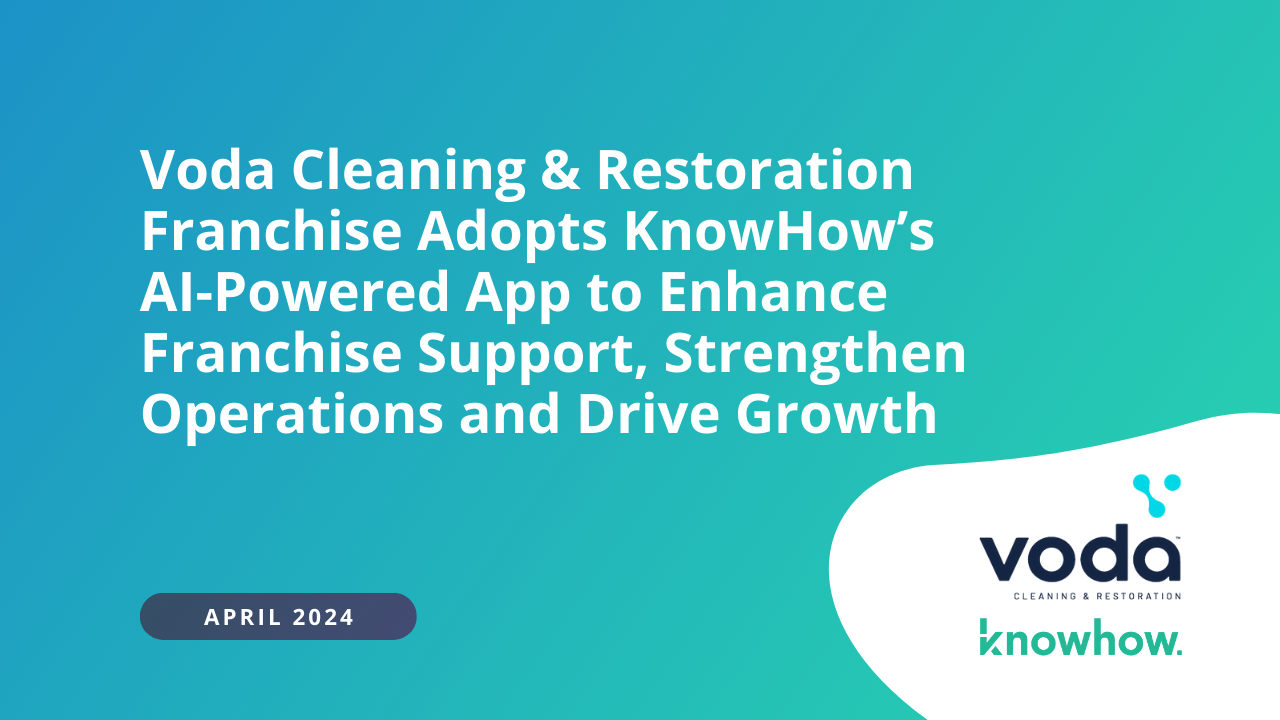
Creating Win-Wins: How to have more success with Sub-Contractors



As a business operating in the construction and restoration industry, working with sub-contractors is a daily routine. That’s why understanding how to effectively work with sub-contractors can give you and your business an advantage and ensure your brand is represented professionally to your clients.
As business owners and employees working in the restoration and construction industry, what can we do to have more success when we’re working with sub-contractors? At the end of the day, we all want to develop lasting relationships with one another, and impress the heck out of the client.
In our recent webinar, we had the honor of sitting down with two seasoned veterans in the industry. Over the course of our hour-long panel, our experts Daniel Fitzharris, Sr. Project Manager at Maxons, and Tim Hull, Director of Operations at Violand Management Associates, shared their expert advice and perspective on how you have greater success working with sub-contractors.
The Value & Importance of Effective Communication with Sub-Contractors
There are a lot of moving pieces that go into a job in the restoration industry. As such, it requires spot-on, thorough communication so that everyone knows what’s required of them.
The first step when bringing on a team of sub-contractors to your job site is to outline a plan of action and make sure that everyone knows exactly what their role is and what is expected of them. Tim Hull, Director of Operations at Violand Management stresses that, “Making sure you stick to that schedule, and that discipline of following the process just aids in the effectiveness of that communication”.
Keep your team and your sub-contractors updated, but also keep any other stakeholders involved in the project updated as well. This will ensure the project is running smoothly from start to finish, and that no one is left out of the loop - which can often lead to conflict.
If you happen to be a business owner or project manager working in the disaster restoration area, it’s even more important that your communication is effective and clear. Daniel Fitzharris, Sr. Project Manager at Maxons, tells us that communication, “has to be consistent, and it has to be daily”. Updating your teams consistently every day can sometimes make all the difference in avoiding unnecessary delays, mistakes, and staying out of dangerous situations.
How to Manage Conflicts With Your Sub-Contractors
Conflict is bound to happen when working with sub-contractors. It’s one of those things that is just part of the job, but there are ways it can be lessened, or avoided altogether.Here are some useful tips that can help you manage sub-contractors and mitigate conflict on the job site:
- Address the situation immediately, never let problems linger.
- Be direct and stern, but also remember that you’re trying to develop a solid working relationship with your subs, so don’t make it argumentative.
- Keep reminding both your team, and your subs, what the common goal is. This will remind everyone why they’re working together.
Building Strong Relationships With Your Sub-Contractors
Once you’re able to find an amazing team of sub-contractors, you don’t want to let them go. You want to make sure you can continue working with them in the future, and develop a working relationship that is strong for future jobs.
A lot of companies tend to use different sub-contractors for every job, which can lead to inconsistent work quality and stressful conversations. Some of the ways you can get a team of sub-contractors to want to come back and work for you are:
1. Letting them know they’re doing a good job
A lot of sub-contractors don’t get enough praise, and making them feel recognized and noticed for the work they are doing can go miles in developing strong relationships with them.
2. Pointing out the wins
Naturally, project managers are going to be pointing out the negatives on job sites, what mistakes were made and what needs improvement. At the same time, pointing out the wins and what went well at the end of the week can create a job site culture people will want to come back to work in.
3. Take the team out to lunch every now and then
This comes down to motivation: sub-contractors will always be more willing to provide you with quality work when they are enjoying working for you. Showing them a good gesture will motivate them to give your company and your client the best work they can do.
Navigating Potential Language Barriers With Sub-Contractors
Across North America, 41% of sub-contractors do not have English as their first language. It’s very likely that you or one of your project managers will run into language barriers when working with sub-contractors.
As our panelists have stressed over and over, communication is key on job sites in the restoration industry. How do we maintain effective communication when not everyone has the same speaking ability in whatever language is being spoken on the jobsite?
As Tim put it, it’s quite straightforward: “The answer to that is pretty simple, you need to have either a bilingual project manager or you need some sort of interpreter”. This may seem obvious, but not enough businesses consider taking the time to find someone with bilingual abilities or seek out a translator. Having this skill on your job site will greatly improve the quality of your sub-contractor work.
The other approach, as our panelist Daniel is looking to follow, is actually learning some new languages, or the basics of it. Consider the languages that are predominant on your crew and within your sub-contractors, and learn a few sentences here and there so that you are able to articulate and direct what it is you need from these individuals. They’ll also appreciate that, taking the time as a leader on a job site to take an interest in the languages your crew speaks, will strengthen the relationship you have with them and make the team that much stronger.
If you want to continue learning about how to effectively work with sub-contractors from our amazing leadership panelists, Daniel Fitzharris and Tim Hull, the full webinar is available online here.
Create Restoration Processes for All Teams with KnowHow
KnowHow is a software that can help you and your business be more productive and sustainable by putting all your companies ‘how-to’ into one spot. Check out our demo video, book a demo of your own, and follow us on Facebook, Twitter, Youtube, and LinkedIn for updates and more exciting content!









